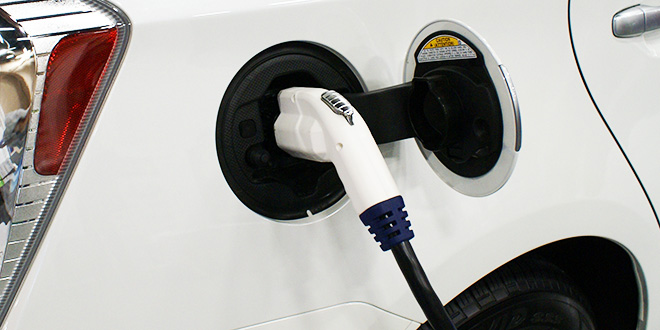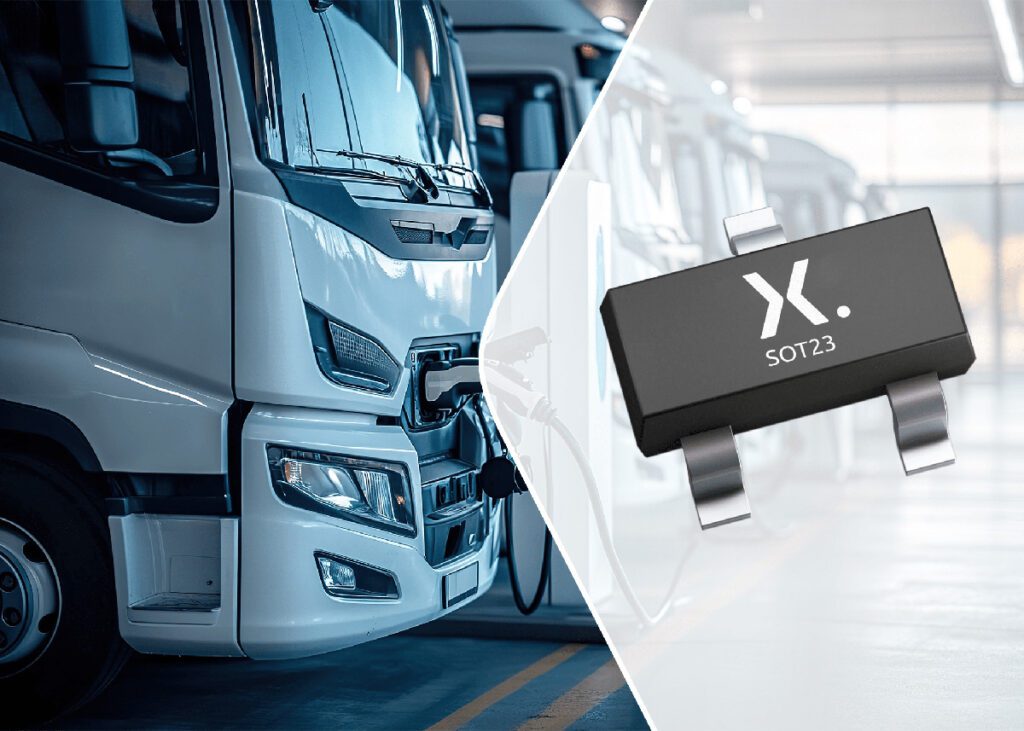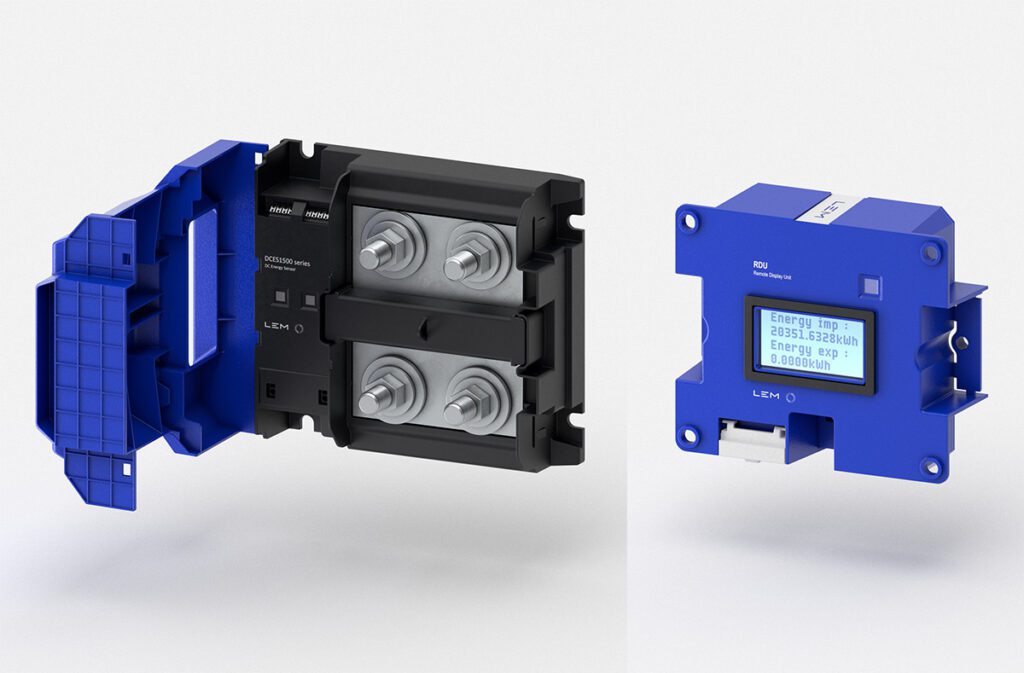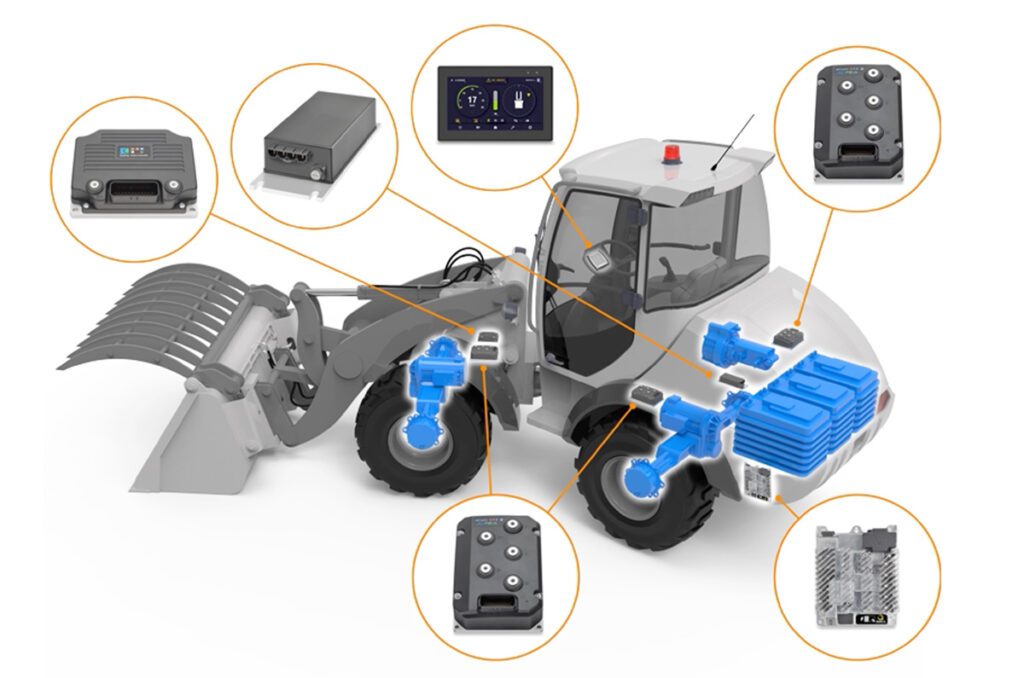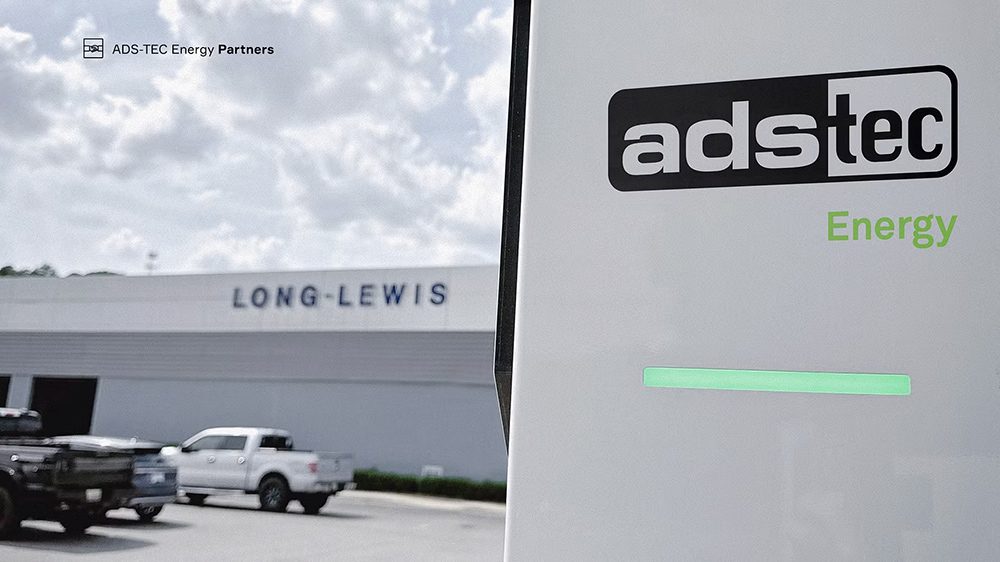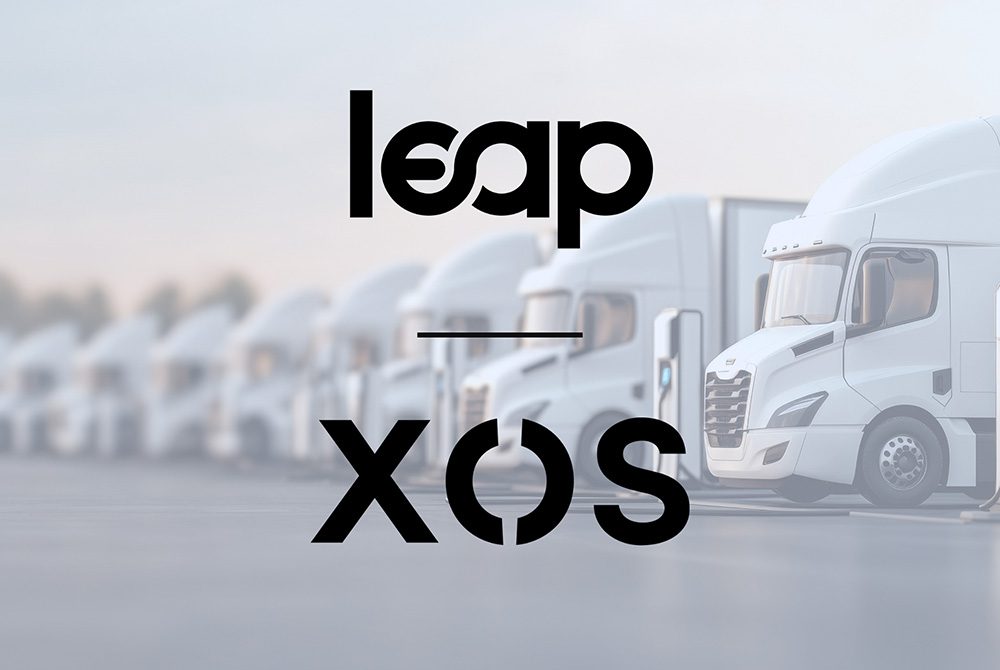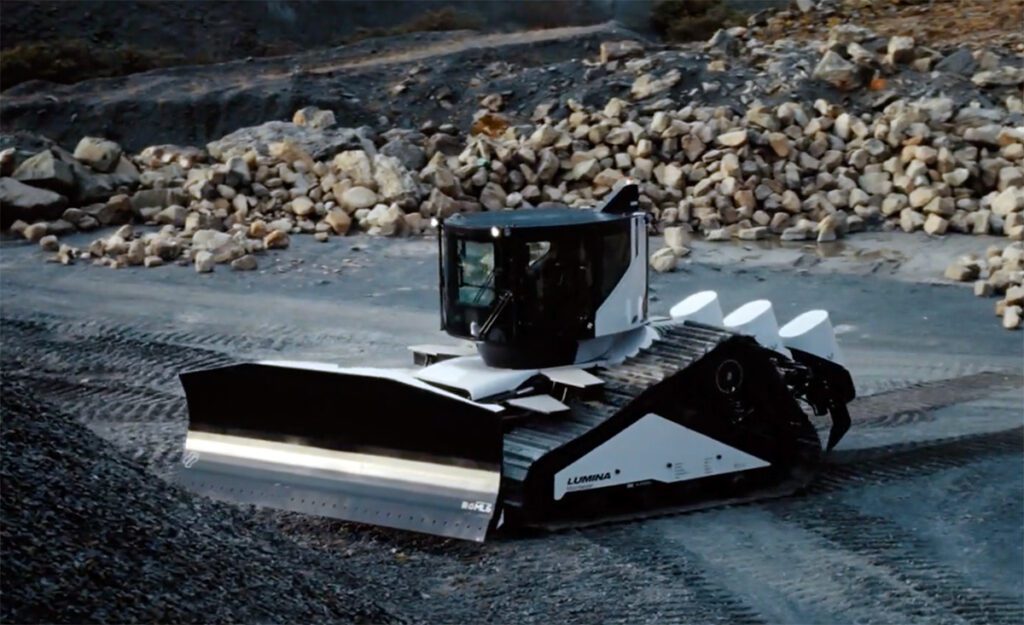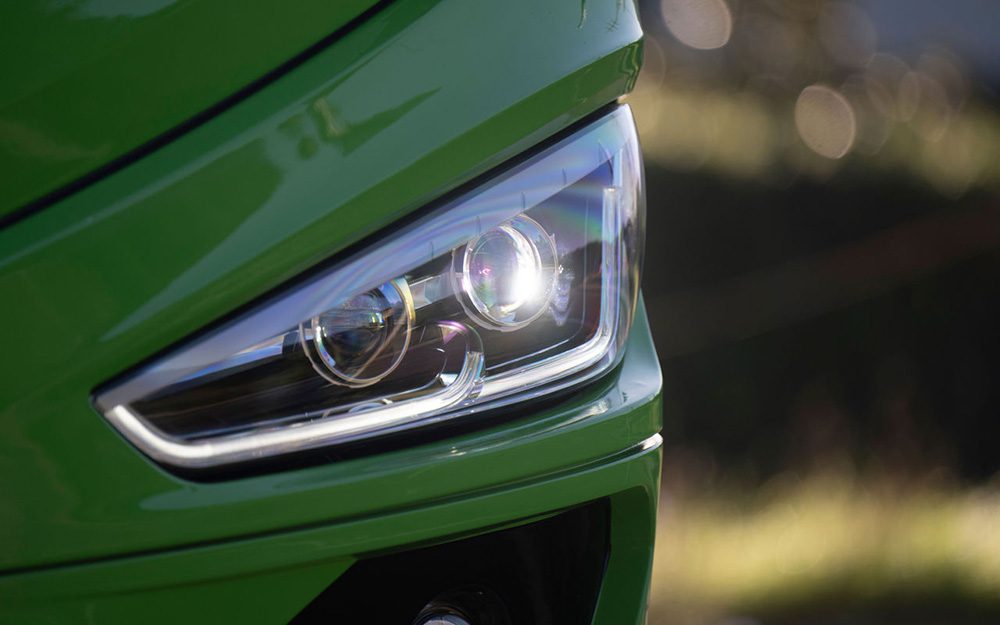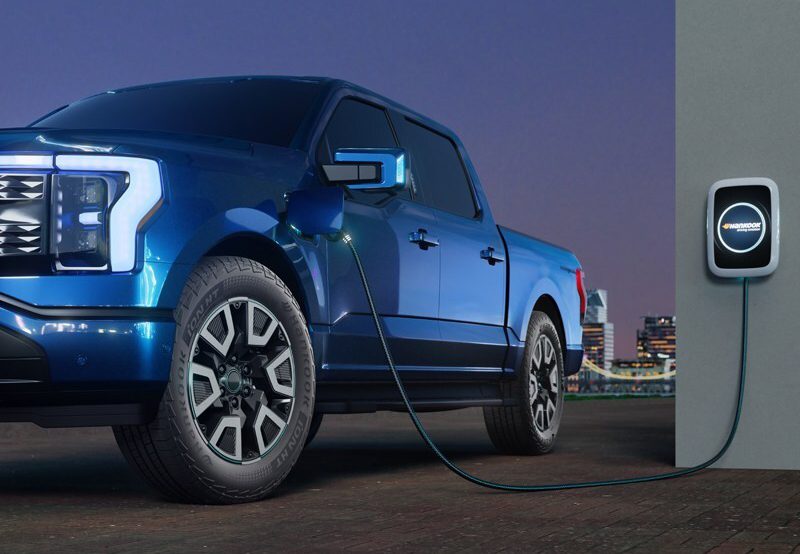In 2012, the California Air Resources Board (ARB) adopted the Advanced Clean Cars (ACC) program, a set of standards for new vehicles through model year 2025. The program has two components: the Low-Emission Vehicle III regulations, which mandate reductions in emissions from legacy vehicles; and the zero-emission vehicle (ZEV) regulation, which requires manufacturers to produce increasing numbers of ZEVs (battery electric and fuel cell vehicles) and PHEVs.
As planned, ARB has now released its Midterm Review of the program, which offers an extensive evaluation of California’s current passenger vehicle market and technology.
The review finds that achieving the greenhouse gas (GHG) emission standards currently in place for model years 2022-2025 is quite feasible, at or below the costs estimated back in 2012.
It also finds that ZEV technology has developed beyond what was envisioned, and predicts that existing programs in California will add at least a million ZEVs to the state’s roads by 2025. Through August 2016, nearly 230,000 ZEVs and PHEVs had been registered in California, with an additional 62,000 in nine other states that have adopted California’s ZEV regulation. These represent more than half of the ZEVs and PHEVs in the US.
Charging infrastructure in California and the other ZEV states has grown over the past several years – over 17,000 Level 2 chargers and 2,100 DC fast chargers are now in service – and accelerated investments are expected.
The review recommends maintaining the current ZEV stringency through the 2025 model year, including the existing regulatory and credit structure. The plug-in market is still in the early stages, and it has benefited from purchase incentives that will be phased out between 2018 and 2025. It’s not clear what consumer response will be without purchase incentives, so it’s important to maintain regulatory stability.
Looking to the future, the review recommends strengthening the ZEV program for 2026 and subsequent model years. Meeting California’s 2030 GHG targets is expected to require some three million additional ZEVs and PHEVs from 2026 through 2030. Meeting this goal will require greater market acceptance, more technology advancements, and lower technology costs. ARB recommends that a new ZEV regulation be modified to provide a more direct connection to vehicle volumes and require vehicle characteristics that best ensure market success.
Source: California ARB via Green Car Congress







